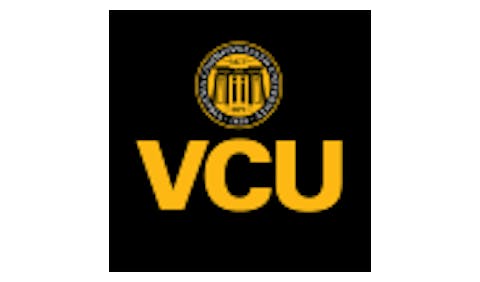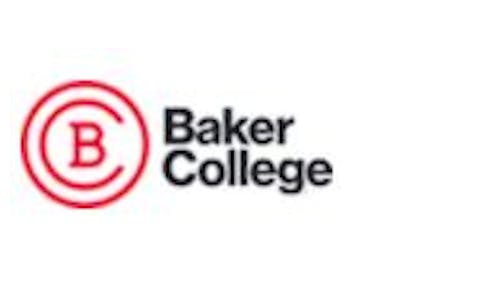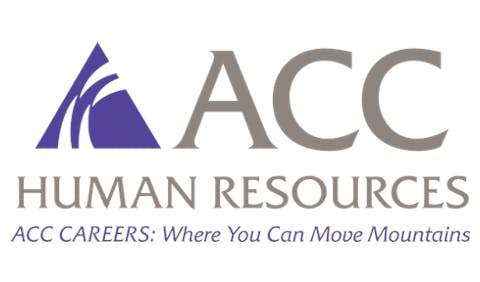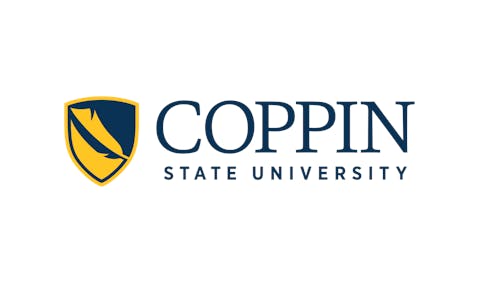
The premise that every employee contributes meaningfully to organizational success and every employee deserves recognition and care lies at the heart of Dr. Kevin R. McClure’s The Caring University: Reimagining the Higher Education Workplace After the Great Resignation (Johns Hopkins University Press, July 2025), a welcome antidote to the current foci in higher education. For innumerable institutions facing record community disengagement, exhaustion, and low morale, McClure advances a compelling argument: in the same way that we must address the needs of the whole student, we must address the needs of the whole employee, and this is a critical time to center care.
McClure begins his inquiry by exploring the ways in which the pandemic caused faculty and staff, like their counterparts in other professions, to interrogate workplace cultural norms. He observes that although a culture of care is more often considered for students than workers, employee well-being and student success are inextricably linked. The concept of care arrives in many forms, and for employees, is frequently broached in discussions of attaining better work-life balance. These boundaries can be challenging, given the nature of our work. An English Department dear friend and colleague who faced brain cancer during the pandemic asked repeatedly, in the midst of his own grave illness, what about the students? His question reverberates in my mind, not only because it revealed so much about his character, but also because it underscored the profound care and compassion that extended beyond our job descriptions.
McClure proposes six organizational changes to create a university dedicated to employee well-being, emphasizing that these changes are not dependent on money. The chapters tackle prioritizing employee experience; empowering worker rights and voices; implementing humanizing policies and practices; realizing equity and belonging; committing to professional growth and compensation; and cultivating caring leaders. A crucial through-line of the author’s argument entails the inclusion of employees from all divisions and levels in strategic planning processes. McClure emphasizes the need for cross-institutional teams that engage in open and honest information sharing and collaboration grounded in data. Much of this approach requires leadership leaving ego at the door and recognizing that expertise exists up and down the org chart. Policies developed without consultation of faculty or staff working in relevant areas and committees absent of key players who may raise salient questions or challenge the status quo are understandably disrespected. As McClure contends, shared governance that includes staff, faculty, students, and alumni is not a luxury or radical activism.
A particularly strong chapter recounts the author’s visit to Amarillo, a five-campus community college in Texas, tracing the institution’s incremental journey towards a culture of care for both students and employees. The interactions with a variety of employees that McClure chronicles offer an honest and unvarnished look at initial (and familiar) missteps in the process of navigating change during a time of austerity. Another strength of the book is its purposeful incorporation of the voices of staff in a variety of roles sometimes rendered invisible, “to help accelerate the diffusion of care as an organizing principle that applies to everyone in higher education, from custodians to presidents,” McClure notes. Paradoxically, employees categorized as Essential, the individuals who staff the campus in all kinds of emergencies, often have little opportunity to contribute to strategic planning and persevere without recognition. One of the greatest lessons I learned as an administrator was a more informed appreciation of the institutional ecosystem: members of buildings and grounds, the campus stewards, caring for the physical plant, and public safety officers keeping watch over the late night and pre-dawn hours long before the majority of classroom and office lights flicker on.
McClure is a professor of Higher Education and Chair of the Department of Educational Leadership at the University of North Carolina Wilmington. Along with his research expertise in higher education workplace culture and leadership, McClure draws on organizational change scholarship and over 100 site visit interviews with staff, faculty, and administrators to advance and support his contentions. He explains in the introduction that the project germinated from growing recognition of his own burnout during the pandemic, expanding first to a 2022 examination of employee turnover within the University of North Carolina system before undertaking the broader study.
The author is clear that poor working conditions, rather than the circumstances surrounding the pandemic, were and are at the core of this crisis, with insufficient recognition of talent and contribution, lack of community, top-down governance, and excessive workload as significant contributing factors. The assertion that a crisis of care exists in higher education is important; as McClure rightly points out, “Some people, by virtue of skill, luck, or privilege, can avoid or lessen the impact of these problems and therefore may not notice their prevalence. But the fact that one individual, or even a particular group of individuals, has had a relatively positive experience in the higher education workplace does not disprove the existence of problems for others.” McClure is also careful to acknowledge the ways in which faculty and staff with an array of marginalized identities may be asked to endure hostile campus climates. Leaders at all levels would do well to heed these crucial points, as acknowledging them is a prerequisite for change.
The resonance of the author’s proposals will vary depending on the reader’s institutional culture and level of satisfaction or disillusionment with their workplace and leadership, along with the history (or absence) of organizational change and commitment to improvement. The book offers a wealth of proposed solutions, with extensive taxonomies—lessons, pathways, approaches, and action steps. While these frameworks might initially seem corporate in tone, together they constitute a roadmap with multiple viable routes to progress. I found myself drawn to the compelling employee stories, in addition to McClure’s alternative universe scenarios, imagining better structures and outcomes not in an ideal world but in a real one. The author takes the reader on an inspiring tour of diverse campuses, systems, and regions, sharing real conversations about problem solving and models of collaboration across org charts.
If you are in the business of higher education, you are often in the business of hope, with a belief not only in whatever you bring to the campus on any given Tuesday, but also in the magic of the collective endeavor. Some of this hope has been lost or at least diminished for many individuals, whether due to personal institutional experience, the aftermath of the pandemic, the current political landscape, the increasing corporatization of higher ed, or some combination of these factors. Regardless of our institutional affiliations-- staff or faculty member, administrator, student, or alumnus-- The Caring University is a timely and even urgent reminder that colleges and universities are not disembodied bureaucracies, but communities comprised of individuals deserving of sustenance and care, whether we are independently swimming along or struggling to stay afloat.
Dr. Caroline Chamberlin Hellman is a professor of English at City Tech, CUNY.
















